Hard requirements
More detail on each item can be found in this build log post.
- Entirely self contained within the crutch handle
- Rechargeable via USB
- Does not need to be removed to be recharged
- Water resistant
- Single button operation
- Capable of 100 lm at 60°
- Capable of running for 30 minutes continuously
Challenges
More detail on each item can be found in this build log post.
- Physical confines
- Users dexterity and adaptability
- Water resistance
- Heat
 Matthew Nielsen
Matthew Nielsen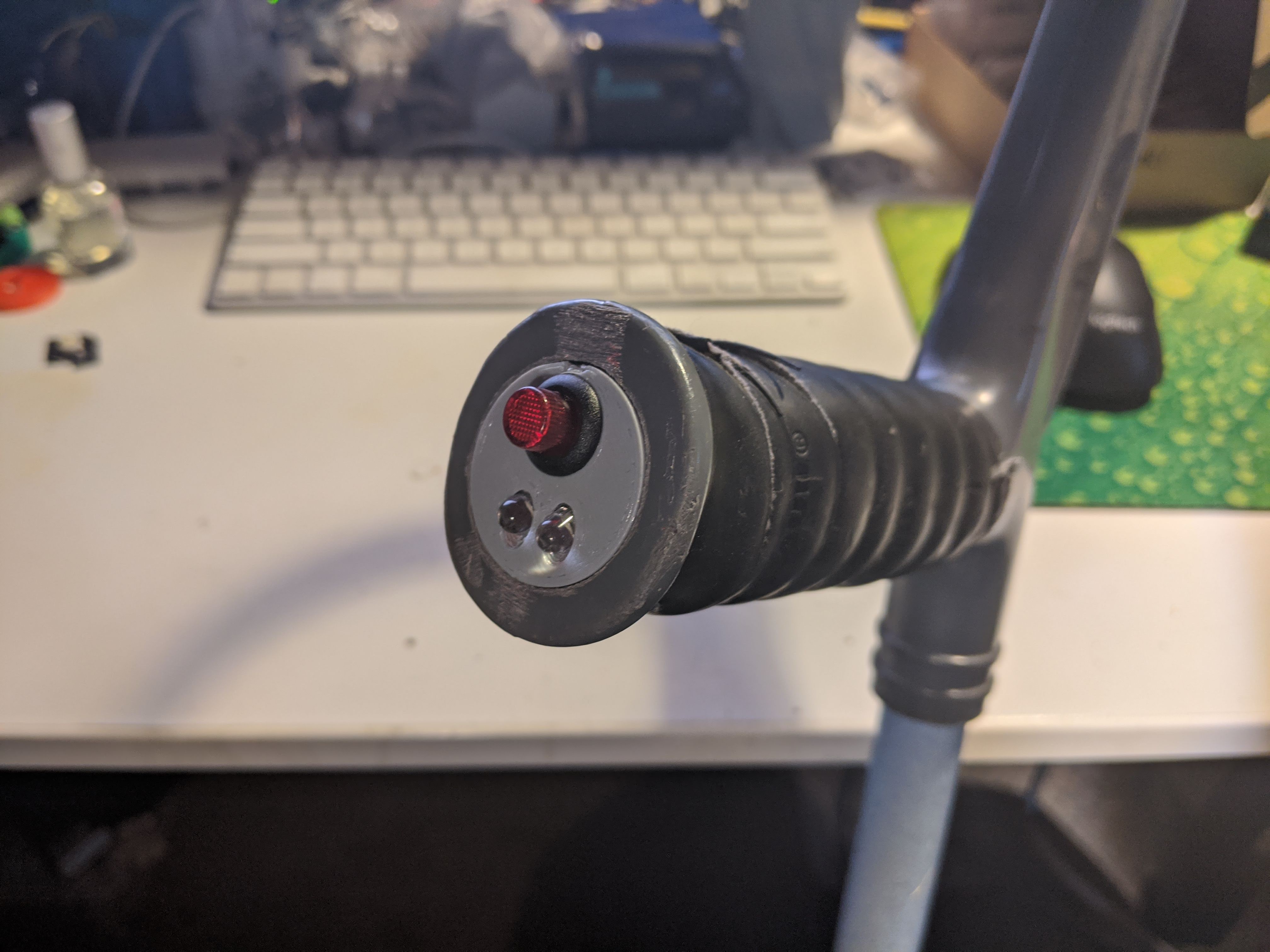
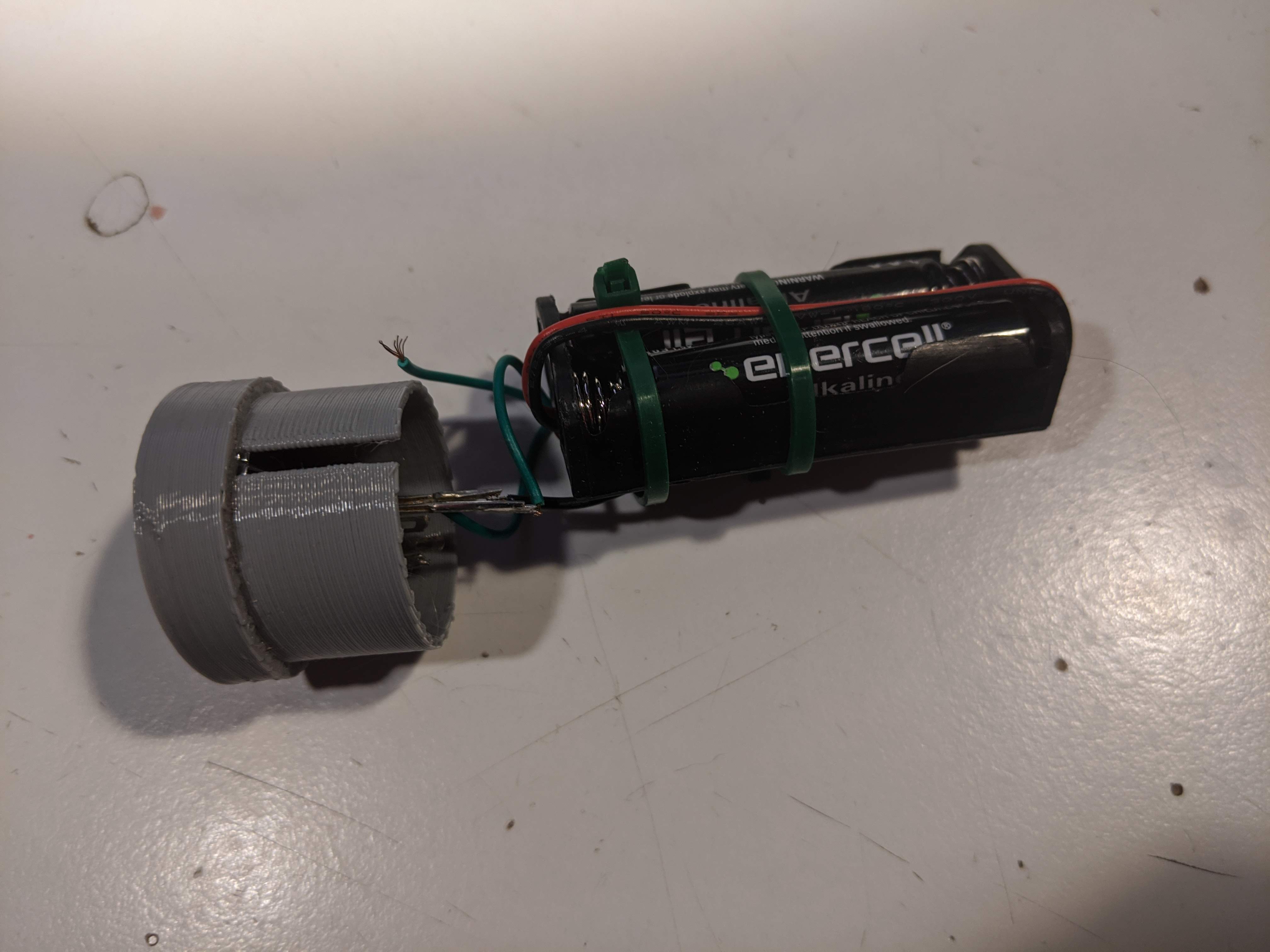
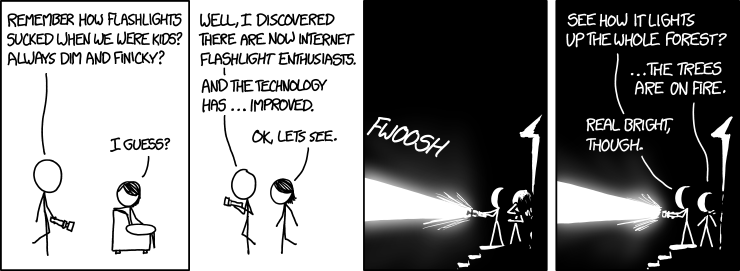

 Neal D Corbett
Neal D Corbett
 Retroplayer
Retroplayer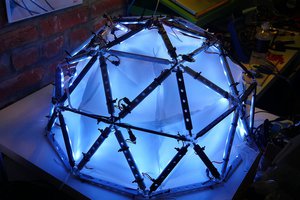
 Benjamin Blundell
Benjamin Blundell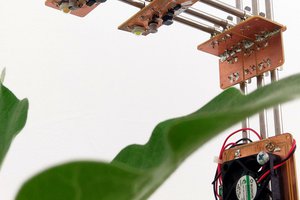
 timonsku
timonsku